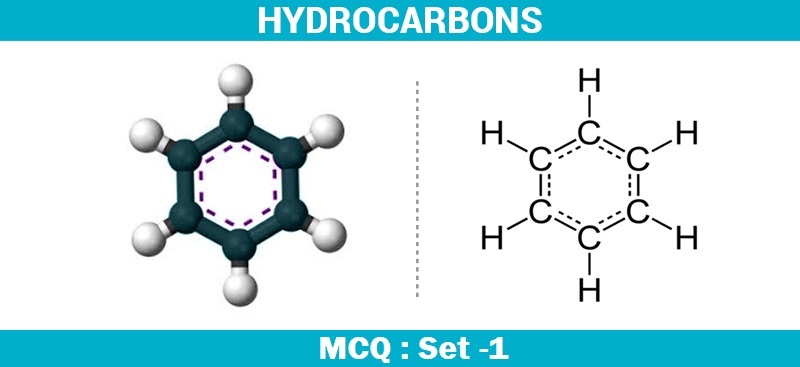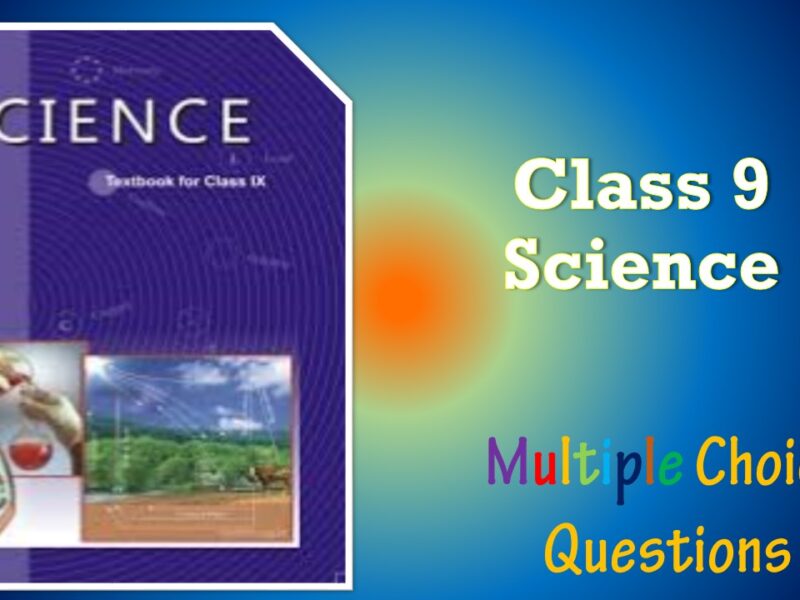CBSE Class 11 Chemistry Chapter 13 Hydrocarbons Multiple Choice Questions with Answers. MCQ Questions Class 11 Chemistry Hydrocarbons with Answers was Prepared Based on Latest Exam Pattern. Students can solve NCERT Class 11 Chemistry Hydrocarbons MCQs with Answers to know their preparation level.
Students who are searching for NCERT MCQ Questions for Class 11 Chemistry Hydrocarbons with Answers are compiled here to get good practice on all fundamentals. Know your preparation level on MCQ Questions for Class 11 Chemistry with Answers. You can also verify your answers from our provided MCQ Class 11 Chemistry Hydrocarbons with Answers. So, ace up your preparation with MCQ of Chapter 13 Chemistry Objective Questions.
MCQ Questions Class 11 Chemistry Hydrocarbons with Answers - Set - 1
Question 1:
Question. Dihedral angle in staggered form of ethane is
(a) 0°
(b) 120°
(c) 60°
(d) 180°
Correct Answer – (C)
Question 2 :
Question. Which of the following is used as an antiknocking material?
(a) Glyoxal
(b) Freon
(c) T.E.L.
(d) Ethyl alcohol
Correct Answer – (C)
Question 3 :
Question. Liquid hydrocarbons can be converted to a mixtureof gaseous hydrocarbons by
(a) oxidation
(b) cracking
(c) distillation under reduced pressure
(d) hydrolysis.
Correct Answer – (B)
Question 4 :
Question. Which of the following alkane cannot be made in good yield by Wurtz reaction?
(a) n-Hexane
(b) 2, 3-Dimethylbutane
(c) n-Heptane
(d) n-Butane
Correct Answer – (C)
Question 5 :
Question. With respect to the conformers of ethane, which of the following statements is true?
(a) Bond angle changes but bond length remains ame.
(b) Both bond angle and bond length change.
(c) Both bond angle and bond length remain same.
(d) Bond angle remains same but bond length changes.
Correct Answer – (C)
MCQ Questions Class 11 Chemistry Hydrocarbons with Answers
Question 6 :
Question. Reactivity of hydrogen atoms attachedto different carbon atoms in alkanes has the order
(a) tertiary > primary > secondary
(b) primary > secondary > tertiary
(c) both (a) and (b)
(d) tertiary > secondary > primary.
Correct Answer – (D)
Question 7 :
Question. The most stable conformation of n-butane is
(a) gauche
(b) staggered
(c) skew boat
(d) eclipsed.
Correct Answer – (B)
Question 8 :
Question. The alkane that gives only one monochloro product on chlorination with Cl2 in presence of diffused sunlight is
(a) 2,2-dimethylbutane
(b) neopentane
(c) n-pentane
(d) isopentane.
Correct Answer – (B)
Question 9 :
Question. The correct statement regarding the comparison of staggered and eclipsed conformations of ethane, is
(a) the eclipsed conformation of ethane is morestable than staggered conformation even though the eclipsed conformation has torsional strain
(b) the staggered conformation of ethane is more stable than eclipsed conformation, because staggered conformation has no torsional strain
(c) the staggered conformation of ethane is less stable than eclipsed conformation, because staggered conformation has torsional strain
(d) the eclipsed conformation of ethane is more stable than staggered conformation, because eclipsed conformation has no torsional strain.
Correct Answer – (B)
Question 10 :
Question. Hydrocarbon (A) reacts with bromine by substitution to form an alkyl bromide which by Wurtz reaction is converted to gaseous hydrocarbon containing less than four carbon atoms. (A) is
(a) CH CH
(b) CH2 CH2
(c) CH3 — CH3
(d) CH4
Correct Answer – (D)
- NCERT Solutions Class 11 Chemistry Chapter 1 : Some Basic Concepts of Chemistry
- NCERT Solutions Class 11 Chemistry Chapter 2 : Structure Of The Atom
- NCERT Solutions Class 11 Chemistry Chapter 3 : Classification of Elements and Periodicity in Properties
- NCERT Solutions Class 11 Chemistry Chapter 4 : Chemical Bonding and Molecular Structure
- NCERT Solutions Class 11 Chemistry Chapter 5 : States of Matter
- NCERT Solutions Class 11 Chemistry Chapter 6 : Thermodynamics
- NCERT Solutions Class 11 Chemistry Chapter 7 : Equilibrium
- NCERT Solutions Class 11 Chemistry Chapter 8 : Redox Reactions
- NCERT Solutions Class 11 Chemistry Chapter 9 : Hydrogen
- NCERT Solutions Class 11 Chemistry Chapter 10 : The s-Block Elements
- NCERT Solutions Class 11 Chemistry Chapter 11 : The p-Block Elements
- NCERT Solutions Class 11 Chemistry Chapter 12 : Organic Chemistry: Some Basic Principles and Techniques
- NCERT Solutions Class 11 Chemistry Chapter 13 : Hydrocarbons
- NCERT Solutions Class 11 Chemistry Chapter 14 : Environmental Chemistry




